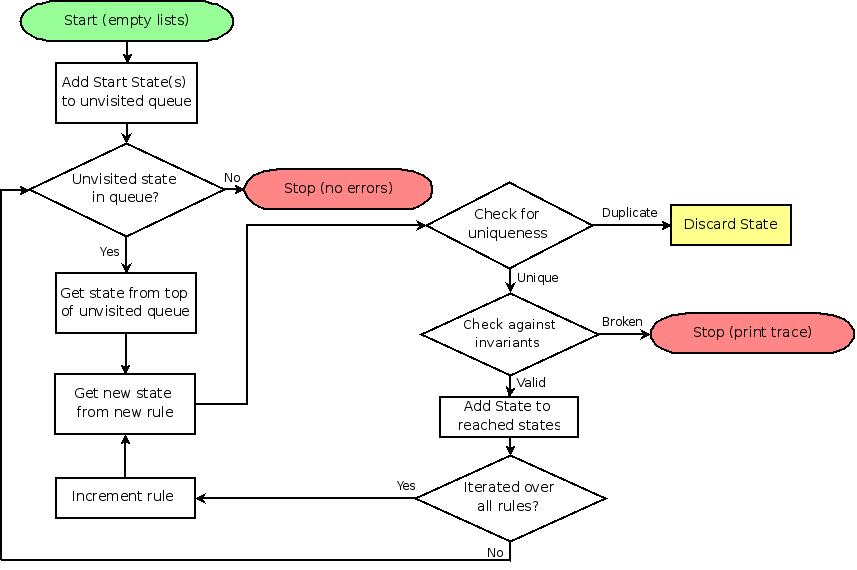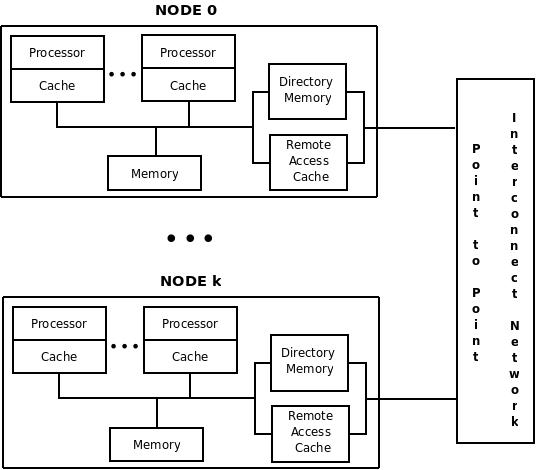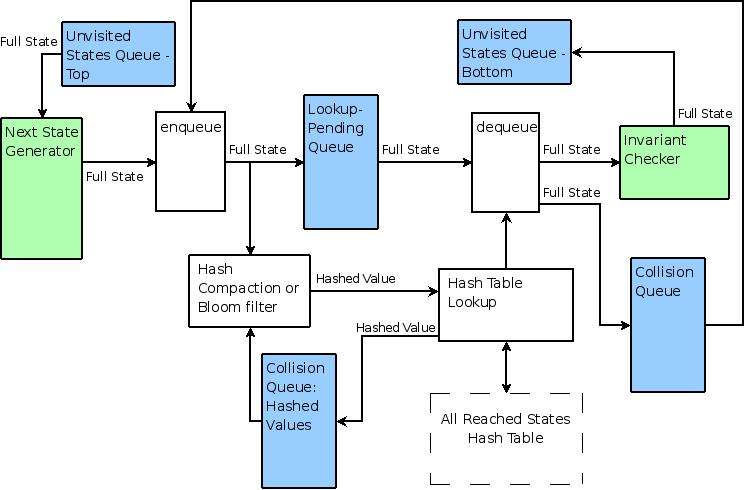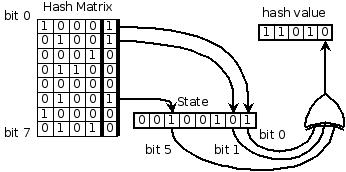Accelerating Formal Verification of Cache Coherence Protocols Using FPGAs
Abstract
PHAST, a Pipelined Hardware Accelerated STate Checker, achieves a
50x speedup for explicit state model checking of Murφ models. PHAST is a
reimplementation, to accommodate FPGA hardware, of the Murφ verifier developed
at Stanford University. PHAST takes advantage of the flexible memory architecture
and inherent concurrency provided by an FPGA to accelerate model checking. PHAST is
currently implemented on an Alpha-Data board with a Xilinx Virtex 5 chip and 1 GB of
DDR-II SDRAM connected to the host computer by a PCI-X bus. In designs such as
PHAST, where the data is created and managed locally and the connection is not the
bottleneck, FPGAs can yield very good acceleration. Using PHAST, we achieved a fifty
times application speedup in actual running hardware compared to Murφ on an
example of a counter. The same structure developed for this simple example can be
reused for much more complex models. Our model of the DASH protocol is similar in
size and complexity to models Intel uses to validate proposed features of future
processors: state sizes between 1200 and 1800 bits and a transition relation with
more than 100 rules. Preliminary analysis of the DASH model as verified by PHAST
indicates that with a careful implementation, the speedup will stay constant. This
paper focuses on the generic structure developed for a hardware implementation of
model checking as well as the changes to Murφ to accommodate FPGA hardware.
PHAST is the first complete implementation of model checking in FPGA hardware.
FPGAs
- Typically used in prototyping
- Reconfigurable Hardware blocks
- Flexible memory access - single cycle access to block memory
- Pipelined designs
- Exploit parallelism in algorithm
- Typical bottleneck occurs in moving data between FPGA and host
Target Hardware: FPGA Board from Alpha Data
Chip: Xilinx
4,608 Kb Block RAM
17,280 logic slices
|
Virtex 5 Board:
1 GB DDR-II RAM
133MHz PCI-X |
|
|
Software Implementation - Murφ

Model
Phast's target models are of similar complexity to models of an Intel processor feature
The DASH multiprocessor and cache coherency protocol were developed to have a scalable shared-memory architecture. With current processors adding more and more cores on a single die, scalable memory architectures are of interest. The above figure shows a simple layout for the DASH multiprocessor. |

|
Hardware Implementation - PHAST
PHAST is a pipelined hardware implementation of the Murφ verifier. States start in the Next State Generator, and stored in the Lookup Pending Queue while they are hashed and looked up in the hash table.
- Blue modules are RAM
- stored full and shifted states
- Green modules are model specific
- safety properties
- state transitions
- White modules are PHAST specific
3 possibilities on a hash table lookup:
- the state already exists in the table - state is discarded
- state does not exist in the table - new state, written into the unvisited queue
- lookup collided with another state - state is written into two collision queues in original and shifted form
|
 |
Hash Compaction
The Hash Compaction module was modified before it could be pipelined with the rest of PHAST. |
 |
New xor tree version of Hash Compaction |
 |
References
M. E. Fuess, M. Leeser, and T. Leonard, "An FPGA Implementation of Explicit State Model Checking". FCCM, 2008.
Future Work
- Implement Symmetry Reduction
- Get hardware results for the DASH model
- Create a Murφ to PHAST generator
Acknowledgements
We would like to thank Tim Leonard and Mark Tuttle from Intel for their assistance. This project is also supported by gifts from Intel and Xilinx Corporations.
Go Back to Home Page
|






